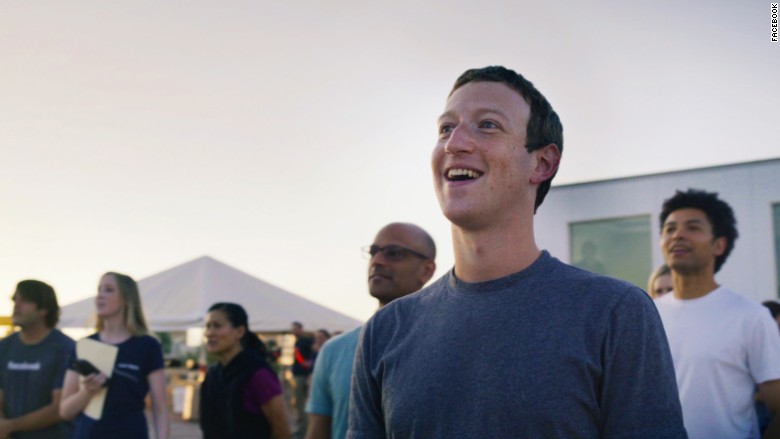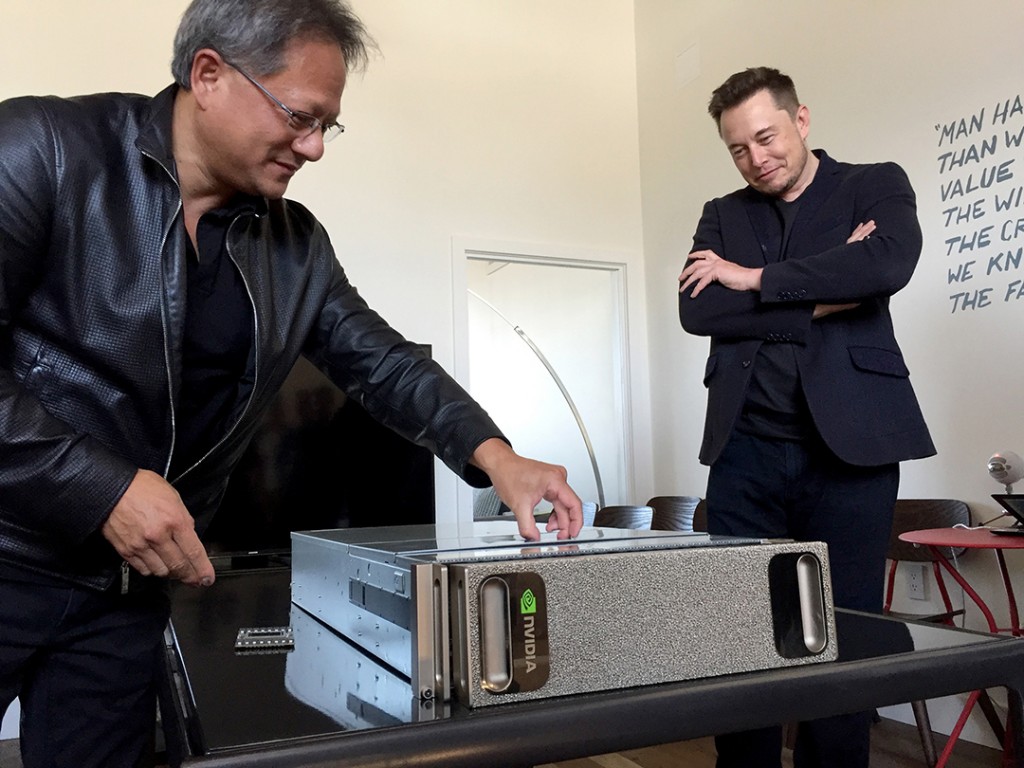December 9, 2016

Facebook investors are accusing Marc Andreessen, one of the company’s board members, of colluding with Mark Zuckerberg rather than representing their best interests—bad news for a company already facing intensifying public scrutiny.
Recently unsealed court filings reveal that Andreessen gave Zuckerberg regular updates of board discussions about proposals to allow the CEO to sell his Facebook shares while maintaining majority voting status, as well as enabling him to retain control of the social network if he pursues government service.
Investors argue that, by passing information via text messages to Zuckerberg and helping him negotiate with the board, Andreessen betrayed their trust.
The news is poorly timed for Facebook, as the company comes under questioning over issues of fake news and its role as a media organization.
Many commentators are calling for people to stop taking Facebook’s word at face value.
As the Guardian suggests, it may soon find its power being challenged—potentially from numerous angles.
Posted in: Infographic of the day | Leave a Comment





